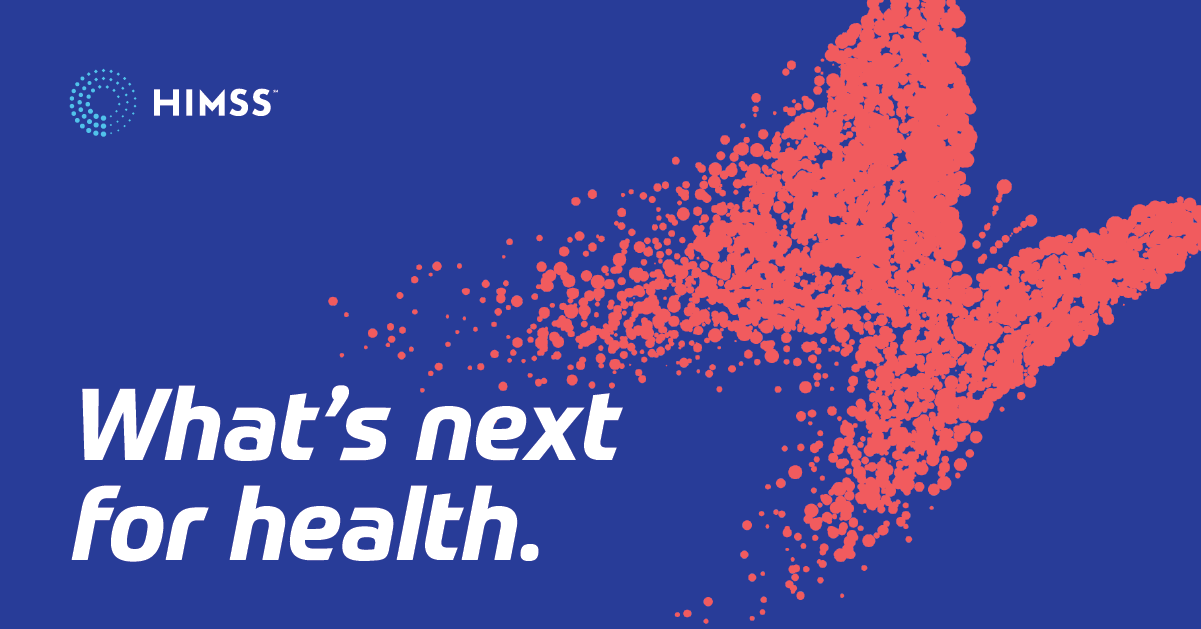It’s not in the interest of the electronic health record (EHR) companies to promote interoperability with competitors. They would rather charge us per page to send e-faxes.
The insurance side has for the most part migrated to electronic data interchanges (EDI), but note that even before that they used standardized claims forms promulgated by CMS. (Because Medicare is such a big player in that field.) Nevertheless the nature of EDI is decentralized - many insurers use their own clearinghouse, and doctors have to log in to each one. But recently there’s been considerable consolidation as multiple health insurers contract with larger clearinghouse companies like Availity.
CMS attempted to force all the software to support an electronic data interchange as part of the certification process. So what happened is each EHR company set up its own exchange for their customers. We were told to think of them of them like email servers.
There are multiple problems with the rollout of this “direct message” standard.
- The EHR companies are at liberty to charge extra for this feature. Per month, per provider, per page (yes, per page). You name it, they charge for it.
- The EHR companies meet the standard even if they only send unstructured images.
So for example you may have written on our intake form that you never smoked. Our nurse may have entered that into the computer. Our EHR might store it like this behind the scenes:
<patient id="DF0001">
<smoker>never smoked</smoker>
</patient>
Now let’s say we refer you to a specialist in a different office. Their EHR works differently behind the scenes. Once everything is entered in correctly, they might store your records like this:
patient_id|years_smoked|packs_per_day
7221|0|0
Now you can see the data is structured differently. The specialist’s EHR wouldn’t know what to do if I gave it our raw data, and with thousands of EHR systems it is infeasible to write conversion software for each one. We need a standard format. Insurers have CMS claim forms, but on the clinical side standards such as HL7 aren’t required and implementation is spotty.
What our EHR will do is generate a digital printout, convert it to an image (PDF), and send the image. Basically they reuse the same code as for faxes, and send it by direct message. When the specialist’s record software gets the message, all the software will do is log it as an image. It will take another staff member at their office to read our referral and manually enter all the information in. What will probably happen is that the staff member will print our referral - on paper - so they can have it in front of them while the EHR is on the screen.
The information on our referral isn’t necessarily up to date. You may have moved or circumstances may have changed in between the time we saw you and the time you see the specialist. Maybe it’s scheduled 2 months out and in that time you start smoking, or start a new medication, or change your pharmacy. The specialist’s office probably has a few questions they ask of every patient that our office would have no reason to ask. Seeing as they have to enter all the information manually anyways, it makes a lot of sense to have you fill out another packet.
~Max
